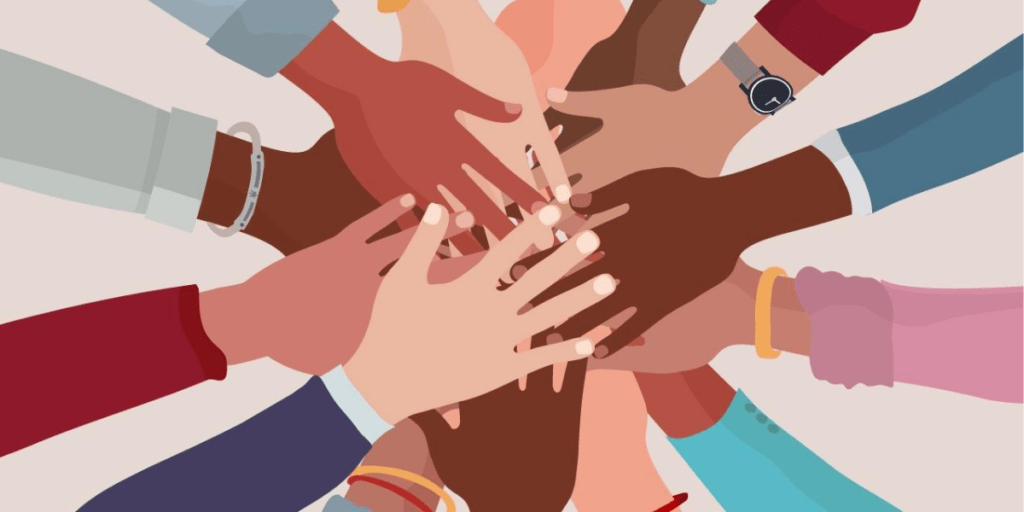At ALLY Energy, we are committed to fostering conversations around inclusion and diversity at all levels.
When we ran across a recent survey by McKinsey about the number of women of color in executive roles being less than a quarter of those of white women, we thought we would share the results.
According to McKinsey, white women currently hold only 19% of c-suite positions. For women of color, the number plunges to 4%. In the Fortune 500, there are currently no Indian, African-American, or Latina women at the helm of a top company.
The question the survey raises is, will the systemic barriers to gender equality be crashed if mainly white women are perceived to benefit disproportionately?
One example of a policy that concerns some women is a casual dress code.
It’s normally a great perk for employees. But according to another survey, people of color have raised the issue that they can be mistaken for janitorial or administrative staff more often.
So what to do?
One academic has advocated an intersectional approach, as coined by academic Kimberlé Crenshaw, to identify barriers that women of color face. It considers both race and gender.
This approach suggests the following actions.
1. Examine pay data by gender and race.
A wide body of research shows women of color have more variation in pay than white women. Few look at both race and gender in pay rates. PayScale’s latest report on the gender pay gap uncovered that women of color start at a lower salary scale, which can widen over time.
Citigroup was recently praised for publicly releasing their raw pay data, showing that globally men made 29% more than women. There was no such data for women of color. So many stories aren’t being told.
2. Take a pulse test on employee sentiment by both race and gender.
Employee engagement surveys generally are analyzed by race or gender. Yet these don’t address specific and pervasive stereotypes for each ethnic group. Considering women of color in diversity programs will better meet the needs of all women, for example.
3. Commit to resourcing and supporting employee resource groups, particularly for specific groups.
The study says that larger groups for just women don’t necessarily satisfy or meet the needs of women of color. A strong trend, say, proponents, is when you address the most marginalized groups in any organization, there is a better track record of creating an overall more inclusive environment.
Another suggestion: don’t ask ERG leaders to take on there commitments on top of a full-time role. Carve out time for them to succeed - up to two days a week. The organization would reap the benefits.
4. Implicit bias or diversity training needs to address both gender and race.
The proponents say that bringing in any presenters, trainers, or facilitators to address your organization about diversity and inclusion also needs to address the unique challenges that people of color face.
5. Ensure that any organizational goals to improve gender inclusion also include racial representation.
Some studies have shown that women of color haven’t always benefited from gender advancement initiatives.
This approach might be summarized as, ‘no woman left behind.’ Equal pay and access to opportunities should be a priority for all women.
Read the original story in the Harvard Business Review here. For the McKinsey study that sparked the conversation, go here.
.jpg)



